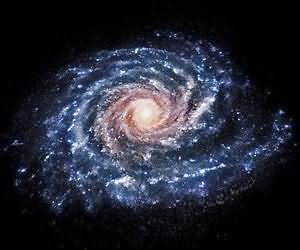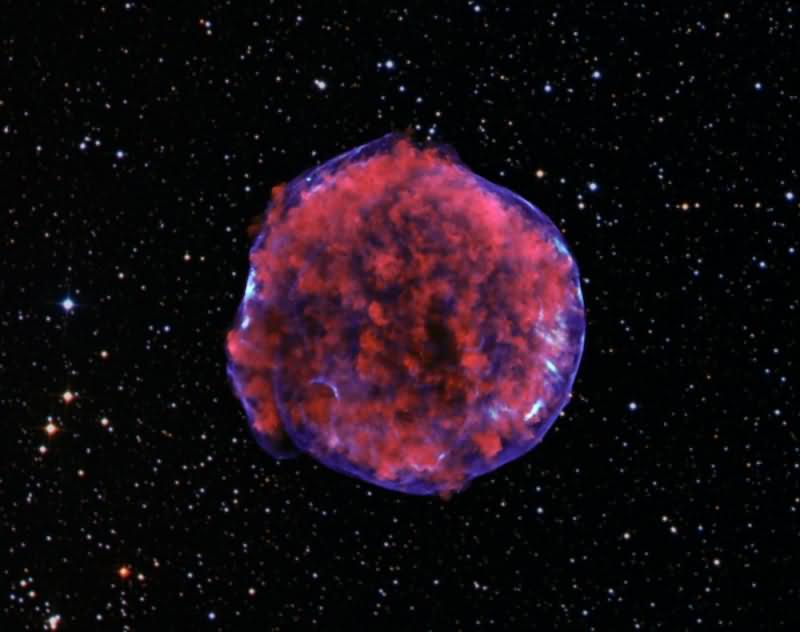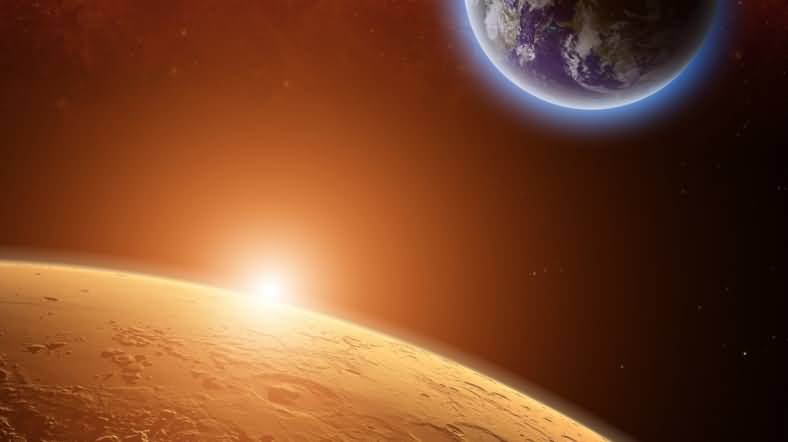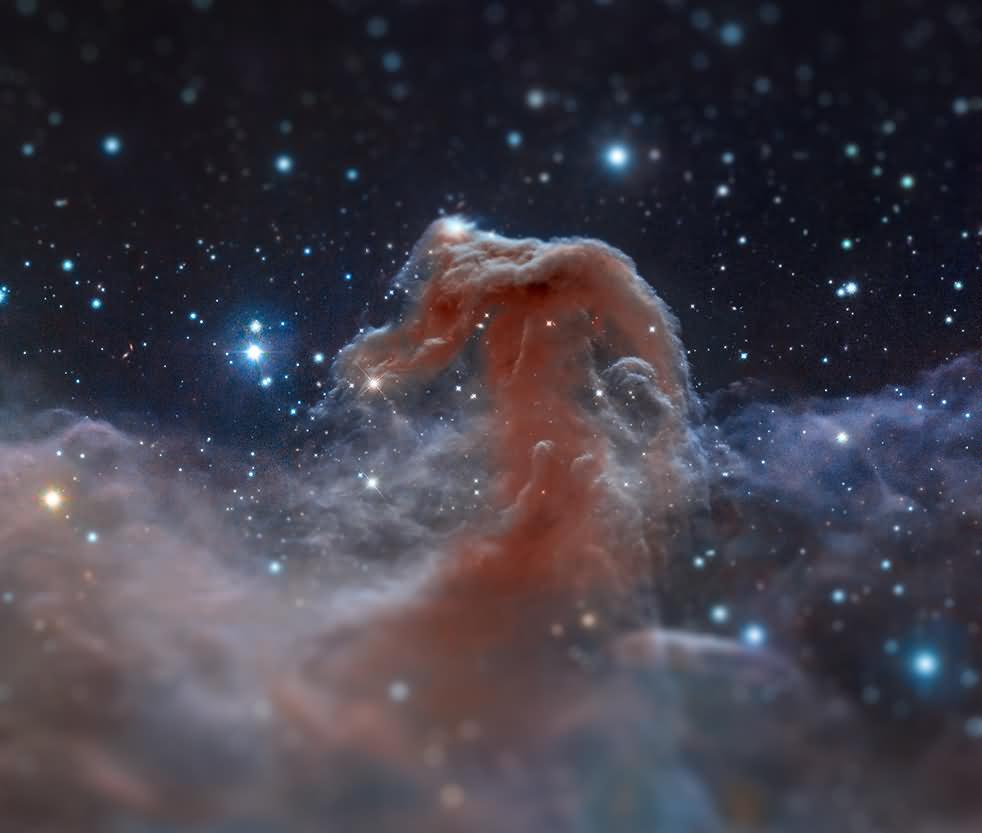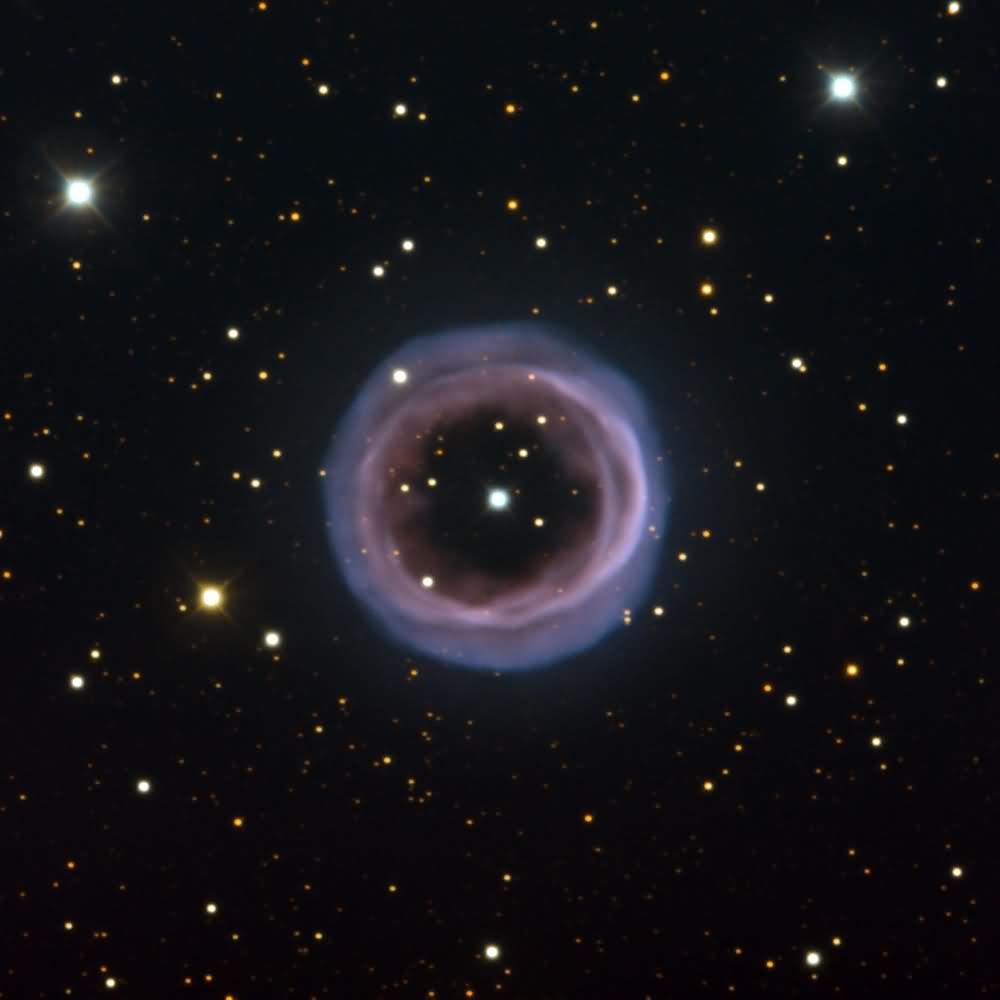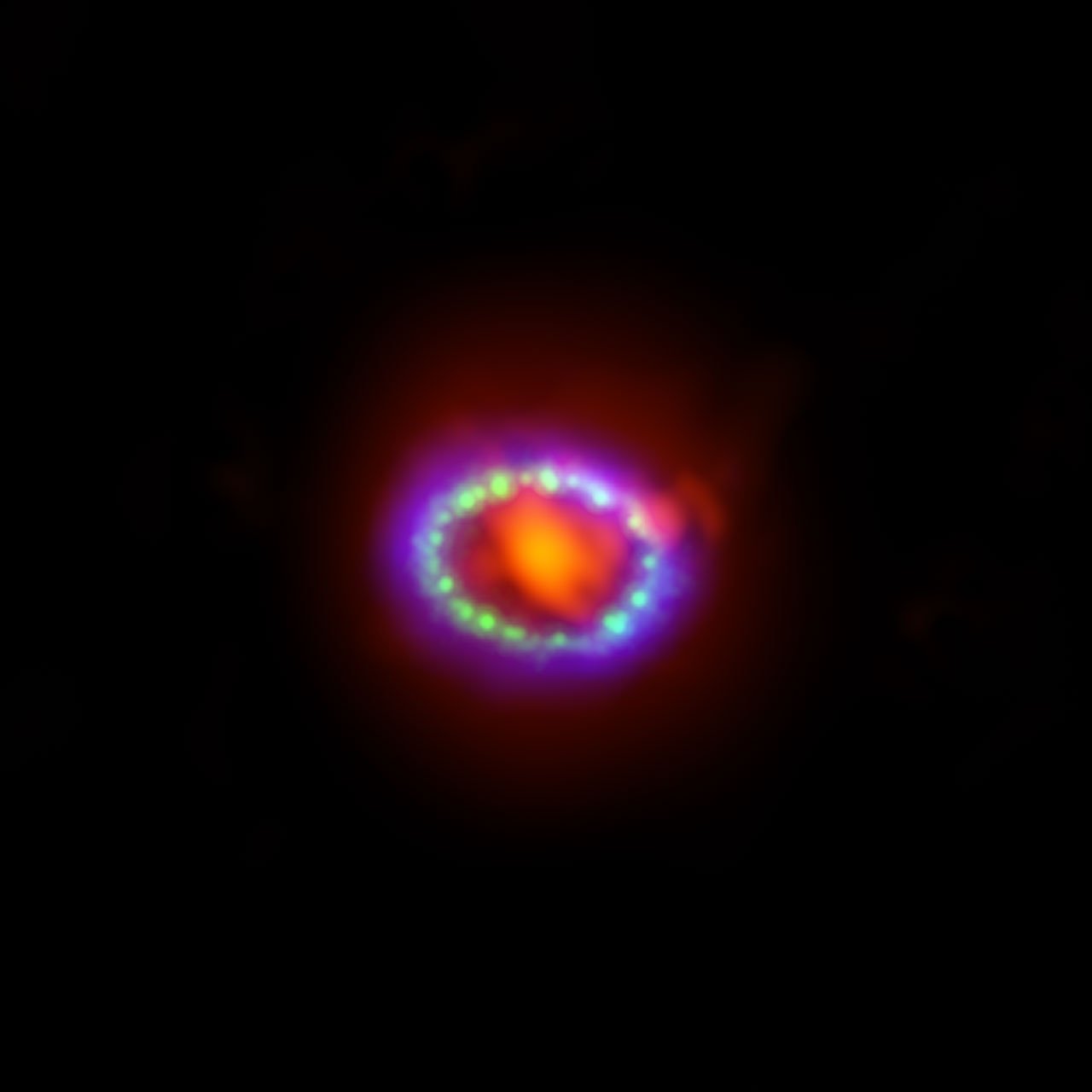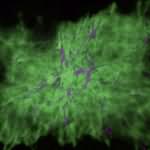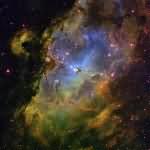Our Galaxy Takes Its Food in Pills
Food pills are always a staple concept in science fiction. But they could be a reality for our galaxy. Galaxies are essentially star production factories. Our galaxy has been producing stars for 8 billion years. So how does it source them?
When old stars die, some of their gas is dispersed into interstellar space, but the vast majority resides in the remaining long-lived dwarf star (white dwarf, neutron star, black hole). Therefore, our galaxy needs to replenish its star-making material.
Astronomers think this gap is filled by gases found in intergalactic space. But there's a problem.
Normally, when gases reach the Milky Way, they would collide with its hot outer halo and disperse. Therefore, they would not reach the spiral disks, the star-making centers of the galaxy. Something must hold these gases together to allow them to reach the spiral disks.
CSIRO astronomer Alex Hill and his colleagues think they have an answer.
When astronomers studied the Smith Nebula, which has fallen into our galaxy, they discovered that it has a magnetic field. This field is low-strength, about %0.002 times that of Earth. But they believe this magnetic field is sufficient to hold gas together and reach the spiral arms of our galaxy.
Clouds are magnetically coated, like an aspirin cloud, and just as an aspirin travels to our stomachs and disperses its original contents, it carries the gases to the spiral arms of the galaxy, where the dispersion process begins. Just like the Smith cloud, which is largely composed of hydrogen gas and lies outside our galaxy.
Note: Our solar system is also located in the Orion arm of the Milky Way.

